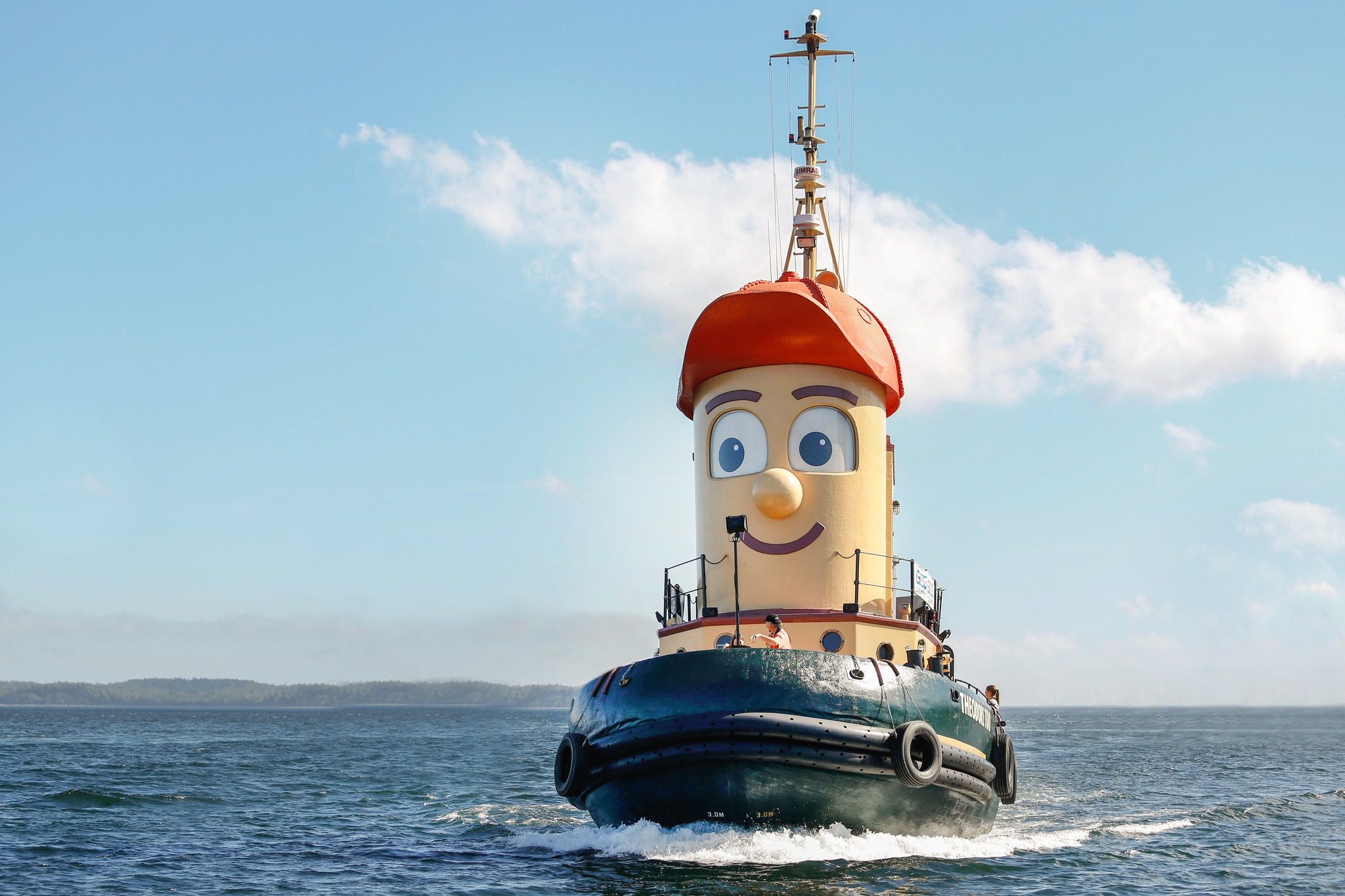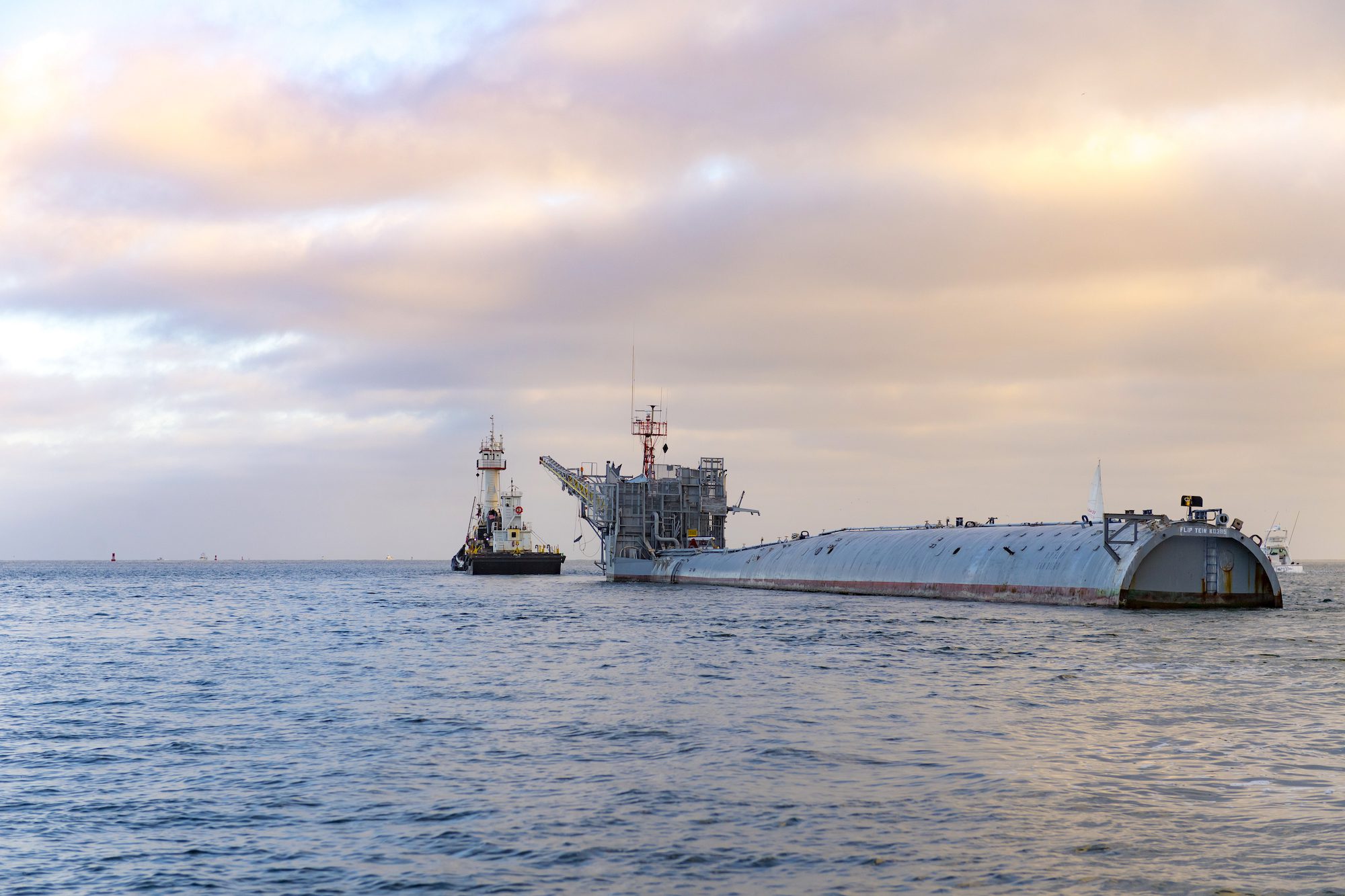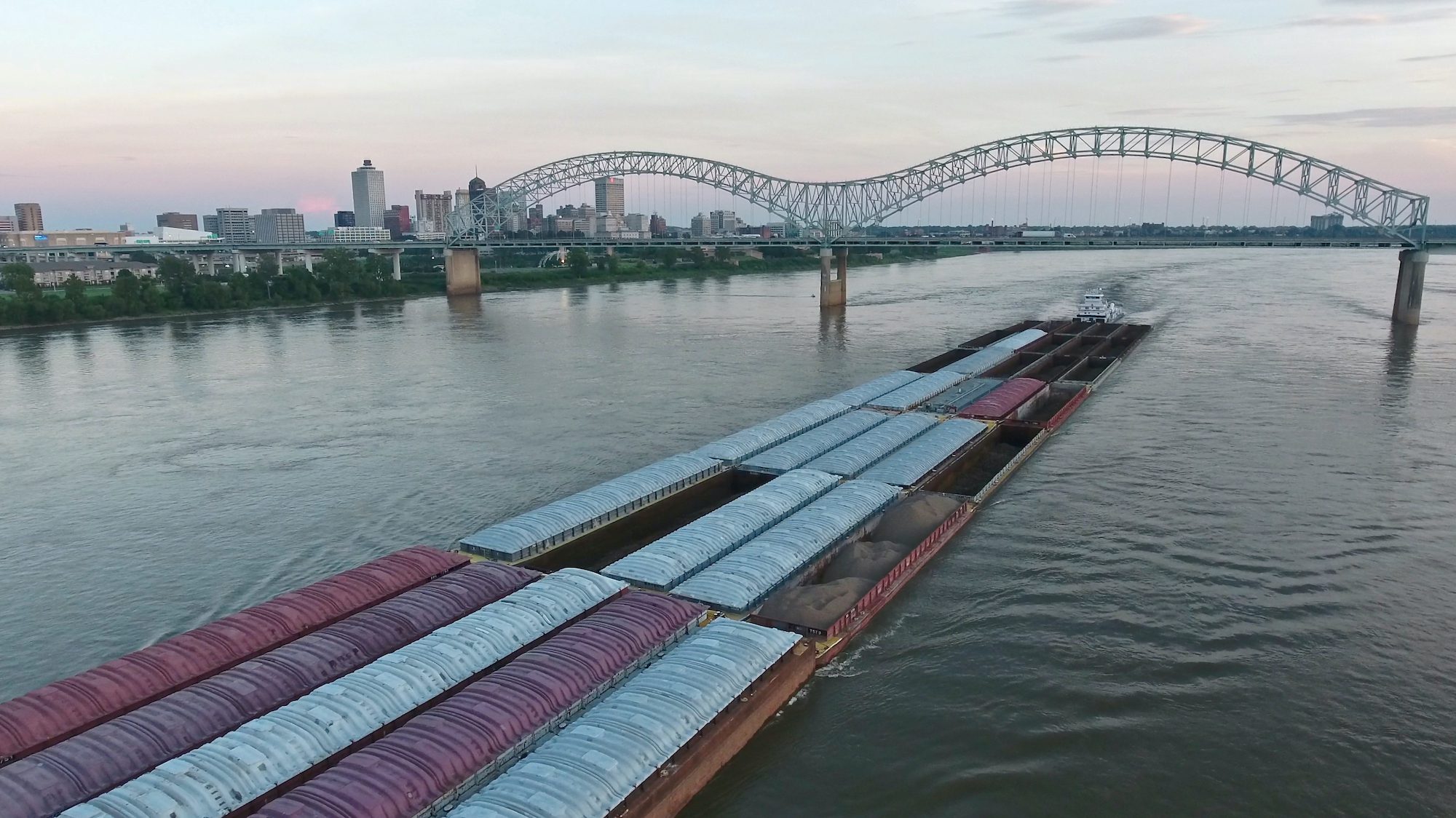 – by Jaime Tetrault, Director – Marine Product Support, CAT Marine
– by Jaime Tetrault, Director – Marine Product Support, CAT Marine
There are limitations in the amount of data that a human can process in a single second. For example, a human eye has the capability to process one frame per millisecond. While this enables us to understand vessel operational data live, when we combine multiple datasets, this limitation is significant. Have you noticed how it is nearly impossible to catch a fly? The primary reason is that a fly can process 20 frames per millisecond and our world appears to move in slow motion to a fly as compared to how we see it.
Imagine if we could process 20 times the data from an operating vessel at a time. How would we use this data and what would we do with the information the data delivers?
Data is only one element of remote monitoring. Advancing the technology to the next paradigm requires the ability to convert the data into information, the information into recommendations, and the recommendations into action. This requires a subset of definitions that are critical to understanding the evolution of remote monitoring. We consider remote monitoring as the ability to monitor and read operational parameters from a remote location. Condition-based monitoring builds on remote monitoring by utilizing the operational parameters to define running conditions. A vast step forward is the ability to convert this conditional data being fed into a centralized location into useful advanced warnings, extended maintenance recommendations, and, ultimately, a lowered cost of operation.
Today we struggle in this area for a variety of reasons, many of which include the limitations of a single source provider to have the capabilities of monitoring vast amounts of data and making any level of useful recommendation. For this reason, we define Advanced Condition Monitoring as the ability to integrate algorithmic capabilities into the data-stream to identify critical parameters with high velocity. Considering the number of monitored assets aboard a merchant vessel today, numerous advancements will need to be made for such a solution to be offered to the marine industry by a single supplier.
As suppliers evolve in their ability to provide open architecture for asset monitoring, an element of the future challenges becomes more transparent:
How can a single supplier monitor all this data and provide value, integrate solutions into the vessel management system, and ultimately partner with the operator in sharing risk?
This is the ultimate value-add offering in remote monitoring and the future for operators who desire to partner with solution providers with the intent to lower operating costs. Arguably, ACM is the solution to this challenge. The first providers to combine a technology derived from algorithmic processes with a commercially viable solution using remote capabilities with localized support will represent the future.
The future of remote monitoring is not limited to the monitoring element alone. The value chain of solutions will evolve for the “do it myself (DIM)” customer to an operating environment of “do it for me (DIFM)” ship owners. The methodology to achieve this milestone is a combination of technical, commercial, and legal solutions. Selling solutions moves the suppliers into a proactive mode, partnering with the operators and predictably anticipating operational challenges and preventing them. It includes extending maintenance intervals, optimizing vessel performance and fuel consumption, reducing manpower requirements, and eventually, possibly even changing the owner environment into remote and non-remote engaged operators. Don’t misinterpret this prediction; there will always be the need for a living operator on the bridge of the ship to anticipate risks and make corrections. However, in the future remote monitoring world, the remote operators will have the advantage of significantly reduced costs and thus can be much more competitive, eventually capturing a leading market share.
If we examine some parallel industries (for example: mining), we begin to see the usage of this data for value messaging, supply chain management and fuel consumption optimization. This capability is creeping into the marine industry, albeit very slowly, as marine vessels are significantly more complex than a mining machine. In addition to the inherent complexity associated with marine vessels, asset suppliers in the marine industry are not wholly comfortable opening up their operational architecture to third party monitoring solutions. The risk of safety, warranty validity, and the eventuality of proprietary knowledge unknowingly entering the open market is unacceptable and represents a significant obstacle that will need to be addressed prior to industry acceptance. Despite the common usage of J1938 / 39 communication architecture, we are far from connecting all assets to a single data bus on board a vessel. It is critical that the vessels being designed today anticipate this challenge and strive to bring all operating assets onto a common bus for eventual communication capability. So are we limited in reaching this ACM goal? How do we enable the next evolution in remote monitoring to take place? As with all future predictions, we need to examine the progress one step at a time.
Step 1: Predictive Component Maintenance
This sounds much more rudimentary than it actually is today. There are numerous conflicting elements of this step that prevent it from becoming normalized, including:
- The lack of willingness by asset suppliers to share the early indicators for failure. Most suppliers in the industry provide and promote their own operating and maintenance schedules. Few define a pre-failure predictive protocol for operating machinery.
- Most suppliers profit on the parts business and in theory, outside warranty, a failure of a component is profitable revenue. This challenge must be overcome, and we must challenge asset suppliers to become more willing to share this data and to integrate this data into a series of remote monitored asset solutions. Many operating assets are not installed with an electronic monitoring capability, preventing the ability to link to a common communication bus. Architects have the ability to incorporate this expectation today for most equipment, providing options to the owner to allow them the ability to prepare for a vessel retrofit once the technology advances.
Step 2: Commercialization of the predictive component maintenance solution.
There must be a resounding business case for a single supplier to invest in the technology and knowledge from various suppliers to build a common remote monitoring platform that will meet all the needs of the vessel owner at an affordable price. Each operator balances on a fine line of risk and reward. No doubt, the reduction of a single off-charter day for a vessel generates significant savings, however, at what return on investment? Today we have solutions that are targeted to individual assets (example: engines, load management systems, and bridge equipment); however, no single supplier has effectively brought all these assets into a single data system. The naval architects today should anticipate the increasing need to build into the vessel design electronic solutions that will cost effectively allow third parties to access the data-bus and export data from multiple sources at rapid rates at near zero cost. No supplier will likely be able to afford to retrofit an entire vessel in the commercial proposal to a ship operator; therefore, the ships being designed today are an important link in enabling this technology solution for the future.
Step 3: The implementation of an Advanced Condition Monitoring technology
Advanced Condition Monitoring technology can interpret millions of data-points per second for all monitored assets, translate the data into useful information, and allow a limited number of Fleet Managers to immediately make a recommendation or take action. This milestone requires asset suppliers to be more open with their operating systems, and to allow third parties access to critical operational risk experience databases. This is likely only to be accomplished with pressure from the supplier of the leading cost assets on-board a vessel, either the power management supplier or the engine supplier. Architects need to partner with these suppliers to select sub-systems that only utilize electronic data communication solutions. The suppliers need to partner to provide the algorithmic solutions that will enable a rapid conversion of data into useful information for the Fleet Managers. This single issue is representative of a multi-faceted challenge that is yet to be overcome.
Step 4: The creation of a vessel health management system
This solution would combine the information output of the ACM system, with a series of remote personnel who can evaluate solutions both on and off-site and make critical operational decisions. We can never fully remove the human value of diagnosing a product health situation. Additionally, we need to understand the operating profile of the vessel.
For example, we should never be in a position to shut down a critical system to protect the asset at the risk of running aground or hitting a fixed bridge structure. A vessel health management system will likely be replicated from existing land-based solutions that are in place today, and is a realistic step once the ACM technology evolves.
Step 5: A continuous improvement process is needed to constantly evaluate lessons learned and remove risk from the client solution.
The marine industry will continue to evolve, as will the on-board technology. Each new technology presents new risks.
Consider alone the challenges presented by IMO III, and the impacted emissions reduction equipment. How will a vessel health management system balance the need to move cargo with the environmental regulations and operational needs of the ship? Who is empowered to make those rules as related to remote monitoring and what is the impact of a wrong decision?
We need a strong governing body to set limits on vessel health management and the tools utilized to provide value to the shipping company in the future.
The future of remote monitoring is full Vessel Health Management with Advanced Condition Monitoring. These potential solutions are constantly being challenged due to improved and evolving marine technology and operational regulations. We are only at the cusp of this journey in the technology evolution today, with various suppliers introducing new and improved solutions every year. Each has its own value, and each has its own limitations. When a single supplier is able to combine all managed assets into a single data-stream, evaluate the data from multiple vessels at once at very high speeds using ACM, combining a localized solution in a commercially viable vessel health management tool, we will have achieved the vision of this paper.
That future of remote monitoring is not today, but it is realistically achievable by the year 2020.
Jaime Tetrault is a US Merchant Marine Academy graduate and 15-year employee of Caterpillar. He has 25 years of maritime experience and is currently managing the Caterpillar Marine Power System Product Support Division representing all product health, product support, parts sales and distribution development activities for Cat and MaK brand marine engines. He is based in Hamburg, Germany.

 Join The Club
Join The Club











